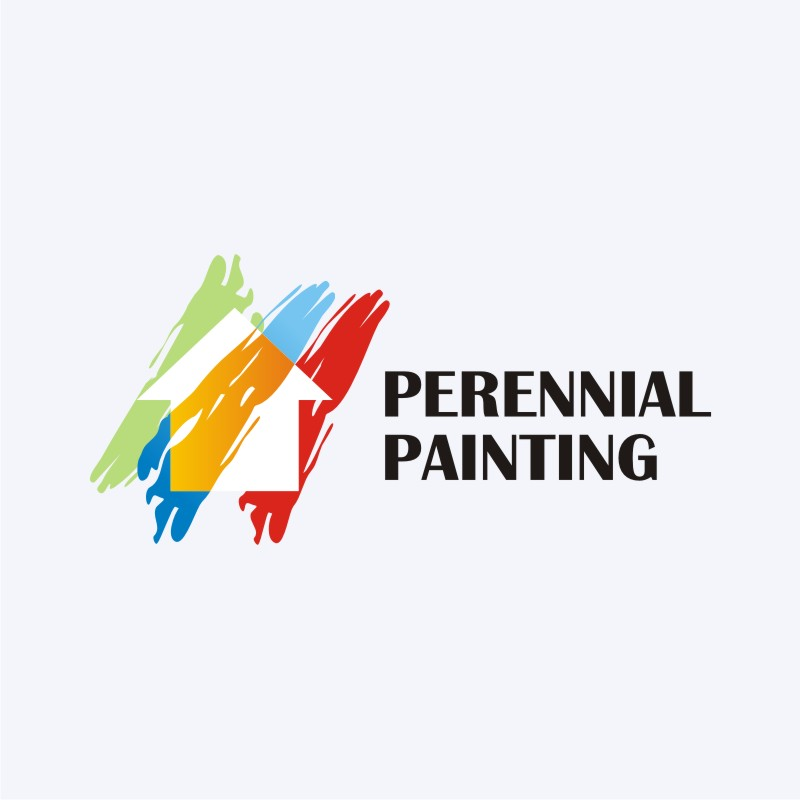Discover Exactly How Seasonal Aspects Affect Industrial Outside Paint Success And Discover The Best Times To Make Sure Long Lasting Outcomes For Your Project
Discover Exactly How Seasonal Aspects Affect Industrial Outside Paint Success And Discover The Best Times To Make Sure Long Lasting Outcomes For Your Project
Blog Article
Content Created By-Aguilar Browne
When you're planning a business exterior paint job, seasonal factors can make or break your results. You'll intend to consider exactly how temperature level and humidity effect paint application and drying times. Picking the appropriate season can guarantee your paint adheres correctly and lasts much longer. But which periods are absolutely the most effective for this sort of job? Let's discover the key elements that can affect your job's success.
The Influence of Temperature on Paint Application
When you're intending an industrial external painting job, the temperature level can substantially affect how well the paint sticks and dries.
Ideally, you want to repaint when temperatures range between 50 ° F and 85 ° F. If it's too chilly, the paint might not heal properly, resulting in concerns like peeling off or fracturing.
On the other side, if it's also warm, the paint can dry as well promptly, preventing proper attachment and leading to an unequal finish.
You need to also consider the time of day; early morning or late afternoon supplies cooler temperatures, which can be more beneficial.
Always inspect the supplier's recommendations for the certain paint you're making use of, as they usually supply assistance on the perfect temperature array for ideal outcomes.
Humidity and Its Impact on Drying Times
Temperature level isn't the only environmental aspect that affects your industrial exterior paint project; moisture plays a significant role too. High humidity degrees can decrease drying out times considerably, impacting the overall quality of your paint job.
When the air is saturated with dampness, the paint takes longer to heal, which can bring about issues like inadequate bond and a greater threat of mold development. If you're repainting on a specifically moist day, be gotten ready for extended delay times in between layers.
commercial exterior painter golden valley to check neighborhood climate condition and strategy appropriately. Preferably, go for moisture levels in between 40% and 70% for ideal drying.
Keeping these consider mind ensures your job remains on track and provides a long lasting finish.
Best Seasons for Commercial Outside Painting Projects
What's the best season for your commercial exterior paint jobs?
view website and very early loss are normally your best bets. During these seasons, temperatures are mild, and humidity levels are usually reduced, producing ideal problems for paint application and drying out.
Stay clear of summer season's intense heat, which can cause paint to completely dry also rapidly, leading to poor bond and coating. Likewise, wintertime's cold temperatures can impede correct drying and curing, taking the chance of the longevity of your paint job.
Go for days with temperatures in between 50 ° F and 85 ° F for optimal results. Bear in mind to examine the regional weather prediction for rainfall, as damp conditions can ruin your task.
Planning around these elements guarantees your painting project runs smoothly and lasts much longer.
Conclusion
To conclude, preparing your business external paint projects around seasonal factors to consider can make a significant difference in the result. By scheduling work during the ideal temperatures and moisture levels, you'll guarantee better adhesion and drying out times. Remember to keep an eye on neighborhood weather report and choose the right time of year-- springtime and early loss are your best choices. Taking these steps will assist you accomplish a long lasting and expert coating that lasts.
